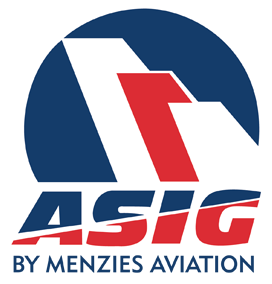
AVIATION FUEL MANAGEMENT
Varec is a leading provider of end-to-end aviation fuel management solutions from tank farm to take off.
The world’s busiest airports have leveraged our products and services to help improve logistics and operational efficiencies across key aviation fuels management areas for over 20 years. These areas include tank farm automation, into-plane fuels automation, fuel inventory accounting, and enterprise systems.

Aviation Fuel Supply Diagrams
CUSTOMERS
TANK FARMS
Tank Farm Automation
Our aviation fuel management solution includes tank farm automation that leverages a full line of level measurement and field instruments, as well as exceptional engineering for better control and hydrant pump performance. With the FuelsManager® Inventory Management, SCADA and Load Rack Automation applications, facility operators gain a real-time movement tracking system that can automatically track fuel movements based on valve position, pump status or user command. Operators can easily view which tank received or issued fuel and how much was moved. Further, fuel owners gain real-time insight into their fuel levels and account balances. We offer engineering services that integrate PLCs to field instruments for pump and valve control, flow monitoring, and movement and alarm tracking. The additional control also improves pump performance and helps reduce maintenance costs.
Into-Plane Fuels Automation
We help streamline the back office data collection and data entry for the aircraft fueling process through near real-time validation and automation at data entry points. This process helps reduce errors and delays, and improves accuracy. Fuel agents can use a touchscreen kiosk or desktop computer for rapid data entry and validation of their manually recorded fuel transactions. With multiple interfaces available for integration with FuelsManager IntoPlane, fuel agents are able to work more efficiently through guided into-plane data entry, eliminating the common issues experienced by inventory accountants entering data from a large quantity of daily paper fuel tickets.
INTO-PLANE
FUEL ACCOUNTING
Fuel Inventory Accounting
By integrating tank farm systems with the FuelsManager Accounting application, facility operators can streamline the inventory accounting and reconciliation process as these applications support all aspects of aviation fuels management. Fuel accountants and managers have a tool to simplify the process and provide an accurate overview of fuel ownership. They receive meter reconciliation and daily close out data with a full audit trail and transaction reporting each day, and can easily compare accurate fueling transactions (book) and inventory stocks (physical) to identify gains and losses, as well as the ability to track and filter by receipts, issues, defuels or reloads in order to track book inventory movements, such as transfers and adjustments. In addition, they have access to an efficient, accurate and secure method of ExSTARS reporting on a monthly basis. This automation is a more efficient process that gives fuel accountants the time to adequately focus on ensuring any gains or losses outside of tolerances are investigated and better managed.
Centralized Enterprise Systems
With FuelsManager Enterprise, our customers are able to access their fuel inventories and related transactions across all managed sites in one system. Users at the airport are provided real-time information and status updates, while remote users are able to access corporate-wide overviews and operational data across all managed sites. Automated reporting services, integration with Microsoft® Office and the ability to export data are all supported features. FuelsManager can also be integrated with corporate ERP systems and third-party business partners such as SAP.
As an added benefit, all airline flight schedules and fuel loads are transferred in a single data stream, with little to no airline IT effort after the initial data feed has been established. An enterprise system also helps reduce IT capital expenditures as no local software needs to be installed, nor are there databases or servers to manage and maintain.








